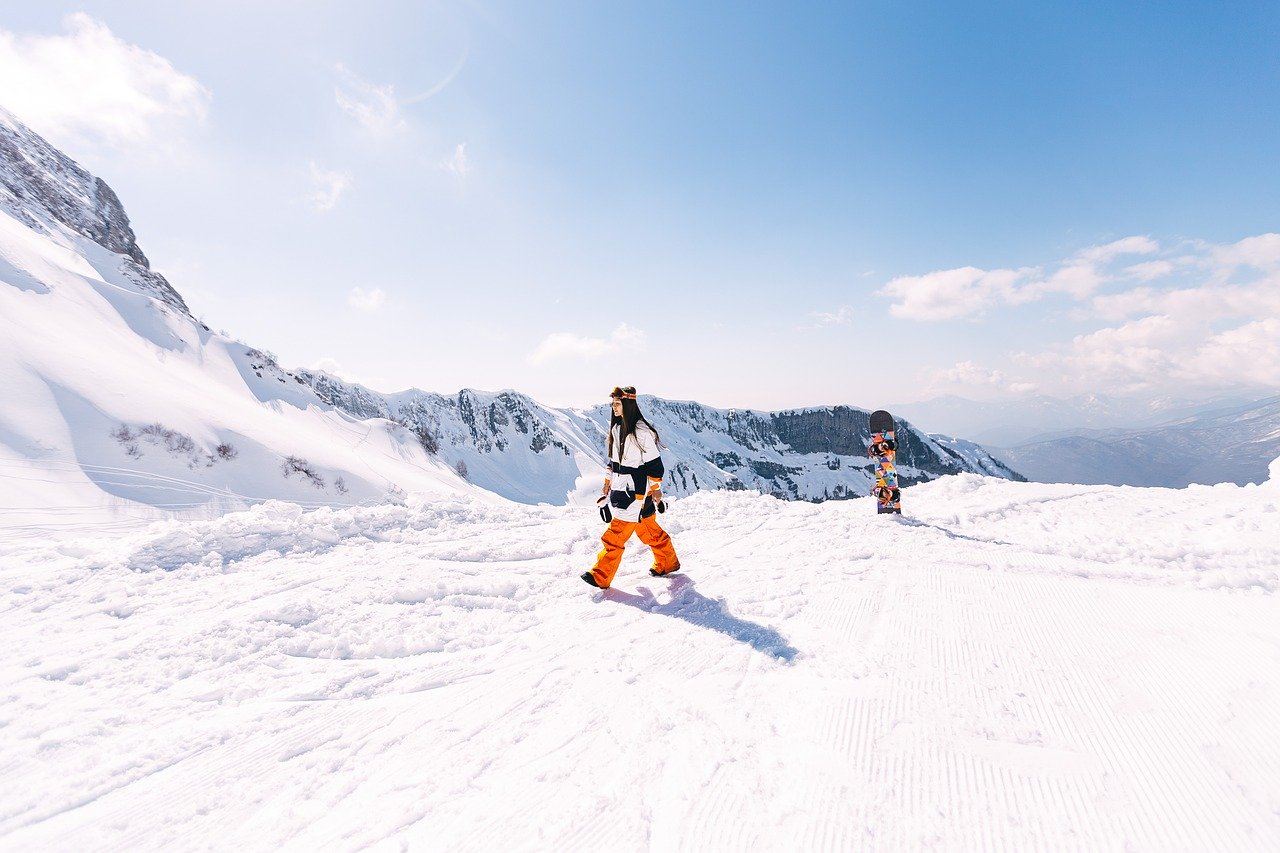
Adrenaline hunters! Retreats for big kids.
4 August 2021Extreme sports cause a lot of emotions, but also fun and relaxation. For some people it’s just an occasional diversion, for others a lifestyle, and for some serious freaks… a crippling addiction. Why do these dangerous activities cause so many contradicting reactions? Just like many other things… because of biology! Strictly speaking, because of one hormone, known as adrenaline, which helps us to stay alive!
The need for adrenaline… where does it come from?
Adrenaline is a hormone produced in adrenal glands, which is responsible for organism’s reaction to danger. It puts us in a “fight or flight” mode by making our heart beat faster and our airways wider, so that more oxygen can go into our muscles, as well as diluting our pupils to make us see better. And when this high alert state goes away, we receive a portion of endorphins, the so called “happy hormones”. They lessen the pain and serve as a sort of reward for making it out alive from a stressful situation. It’s this surge of endorphins that makes people come back for more dangerous situations.
Some people use extreme sports as a way to relax and unwind. Ironically enough, they can make certain people feel safe and special, give a way to be different, to feel in control or more accepted. Extreme sports pose challenges that leave you wanting more the more you do them. You have to be careful, though, as they can be really addicting!
Extreme sports – are they safe?
By definition, extreme sports are practised in especially tough environments and carry an increased risk of injury. So… indeed – they are definitely dangerous. Of course, not all make you risk instant death. The most common risk is a body contusion, which can even be lifelong. Fortunately, there is a whole list of things you can and should do in order to minimize the odds of injury: from warmups and solid equipment to protective gear and even simulations, like… a wind tunnel!
It faithfully recreates the conditions of a parachute jump while also being less risky in terms of injury and failing equipment. Another instance is a climbing wall, which simulates climbing “real” rocks. Some people find that to be sufficiently exciting, while others are willing to sacrifice a bit of safety for more emotion. After all, that’s what extreme sports are all about!

Living on board – my favourite sports
It is hard to pick the best one out of all these dangerous and tempting sports qualifying as “extreme”. Which is why I’ll simply choose a more subjective approach and describe the kinds that are my favourite.
The first one is skateboarding! The roots of this sport can be traced back to the 40’s in California. Early skateboarding came from surfing, as it came from the subculture of surfers. It was even called “street surfing” at first. The first skateboarders practiced in empty swimming pools during the drought that plagued California in the 70’s. The ramp we use today was built to try and recreate these conditions!
But the streetskating of the early 70’s wasn’t very similar to the one we know today. As there weren’t many tricks back then, most of the emotions were caused by skating through hills, ramps, between passerbys or cars on the streets. It wasn’t until 1977 that the first true skateboard trick was invented. It was called Ollie, and meant jumping with the skateboard using both feet. Many modern performances trace back to this pre-trick, named after its creator, Alan Gelfand.
Skateboards quickly spawned a new subculture of skates, which heavily influenced another extreme sport, snowboarding, which is my second favourite risky source of fun!
The prototype of the first snowboard was created back in 1965 by Sherman R. Poppen, who built his kids a new toy to slide on the snow. His invention was a pair of connected skis, which later had a rope added for steering. Sherman’s wife called it a “Snurfer”, combining “snow” and “surfing”. It wasn’t really similar to the snowboards of today. However, it was met with a wide interest and popularised the idea of surfing on snow. As a proof of the popularity that Snurfer gained we can use the fact that in the 70’s there were already new brands of boards, using the name “snowboard” and racing to think of newer and more innovative models.
The first snowboard competition took place in 1982, but it was really small, as snowboard was still new, dangerous, informal and almost barbaric compared to “good old” skis. This suppression caused another marginalized group to become interested in snowboard. Namely, the skates. They were tempted by the freedom of expression and loose clothing, as well as the counterculture atmosphere that developed around the board. In many ways they helped in popularizing snowboard among the people, partly because of Tommy Sims, a skate and the founder of Sims Snowboards. His part in the history of the sport turned out to be crucial, as he played the stunt double of the James Bond actor at that time in the snowboarding scenes for the movie “A View to a Kill”. These scenes caused the public to look more favourably at snowboard, which caused a real breakthrough in its image and popularity. It officially entered the mainstream, thanks to which more ski resorts in the United States welcomed snowboarders, despite the initial backlash from the more snobby skiers.
That is how the surfers subculture and one California drought gave way to not only a new subculture of skates, but also two new extreme sports. Who would have thought that one board can contain not only so much emotion, but also a solid portion of history!?
Although they can be mortally dangerous, extreme sports keep attracting more curious amateurs in any age and on any skill level. It’s worth to remember that risk is an inherent part of these sports. Even a freak like me, who would love to spend his whole life with a board in his hand has to be prepared not only equipment-wise, but also physically and mentally. After all, skipping a warmup isn’t worth risking separation from my favourite pastime. And of someone feels weak just thinking about the risks, maybe they should resign. No risk no fun, especially in extreme sports!
